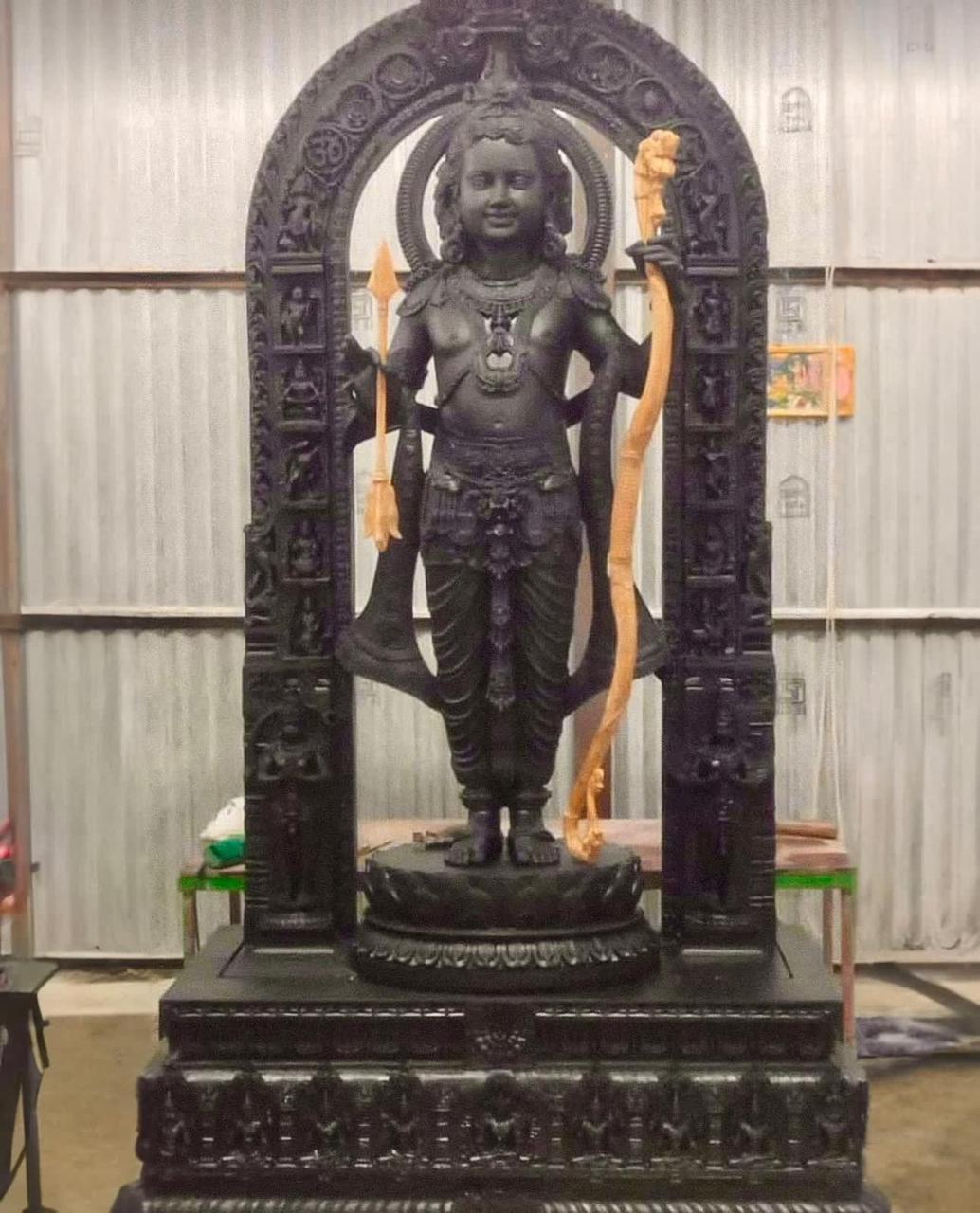“Ram Mandir, BJP, and Karsevak: Unraveling the Threads of India’s Cultural and Political Tapestry”
In the heart of Ayodhya, a city steeped in mythology and history, a monumental project is underway—one that has captured the imagination of millions and stirred the political landscape of India. The construction of the Ram Mandir, a symbol of cultural and religious significance for Hindus, is not just a physical structure but a manifestation of a long-standing socio-political journey. At the intersection of this colossal project are the Bharatiya Janata Party (BJP) and the Karsevaks, each playing a pivotal role in shaping the narrative surrounding the temple’s construction.
The Historical Context: The saga of the Ram Mandir dates back several decades, with the dispute over the site being a contentious issue since the 19th century. The Babri Masjid, which stood on the disputed site, became a flashpoint for religious and political tensions. The movement for the construction of the Ram Mandir gained momentum in the 1980s and 1990s, with the rallying cry of “Jai Shri Ram” becoming synonymous with the demand for the temple’s reconstruction.
BJP’s Involvement: The Bharatiya Janata Party, a right-wing political party in India, played a crucial role in championing the cause of the Ram Mandir. The party, with its roots in the Rashtriya Swayamsevak Sangh (RSS), an ideological parent organization, embraced the Ram Janmabhoomi movement as a key aspect of its political agenda. The BJP’s leaders, including stalwarts like L.K. Advani and Atal Bihari Vajpayee, strategically aligned the party with the sentiments of millions of Hindus who sought the reconstruction of the temple.
Political Implications: The Ram Mandir issue has been a defining factor in Indian politics, particularly for the BJP. The party’s rise to prominence in the late 20th century was closely linked to its support for the temple’s construction. The demolition of the Babri Masjid in 1992 by Karsevaks, which was a tragic episode in the country’s history, further fueled the political fervor around the issue. The subsequent polarization of communities and the rise of identity politics became key elements in the political landscape of India.
Karsevaks: Foot Soldiers of the Movement: The term “Karsevak” refers to the volunteers who actively participated in the movement for the construction of the Ram Mandir. These individuals, motivated by religious fervor and a sense of duty, played a crucial role in shaping public opinion and putting pressure on the political establishment. The Karsevaks, however, have been a subject of controversy, especially in the aftermath of the Babri Masjid demolition. The incident led to communal tensions and legal repercussions.
The Road Ahead: With the commencement of the construction of the Ram Mandir, a new chapter unfolds in India’s cultural and political narrative. The temple represents a fulfillment of a longstanding aspiration for many Hindus, while for others, it raises questions about secularism and religious pluralism. The BJP, having realized a significant electoral victory on the back of the Ram Mandir movement, faces the challenge of navigating the complex landscape of governance and addressing the diverse needs of a pluralistic society.
Conclusion: The story of the Ram Mandir, the BJP, and the Karsevaks is deeply intertwined with the fabric of India’s history and politics. As the temple takes shape, it becomes a symbol not just of religious faith but also of the intricate relationship between culture, identity, and governance. The challenge for India lies in reconciling these diverse threads and forging a path forward that fosters unity, inclusivity, and the spirit of coexistence.


